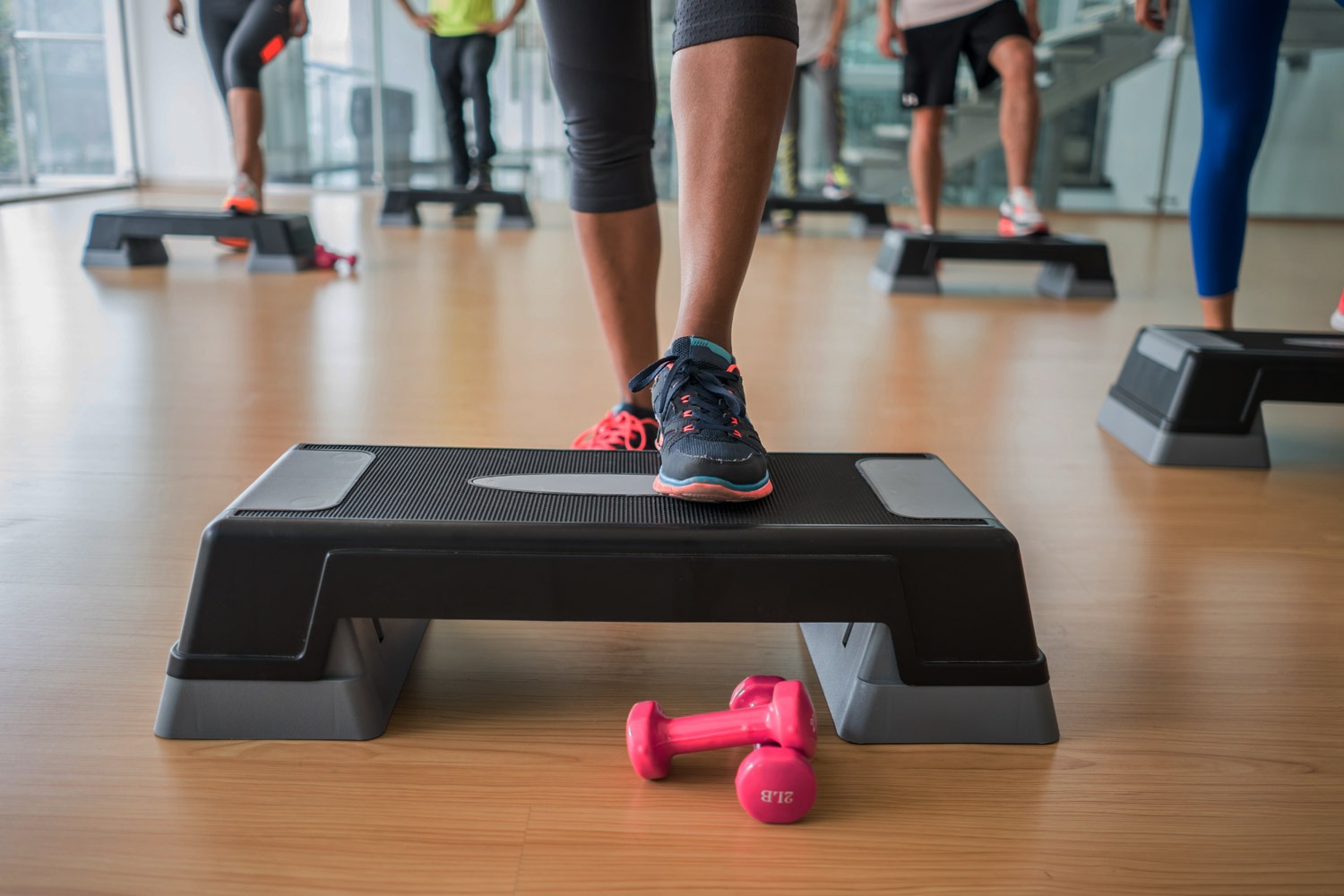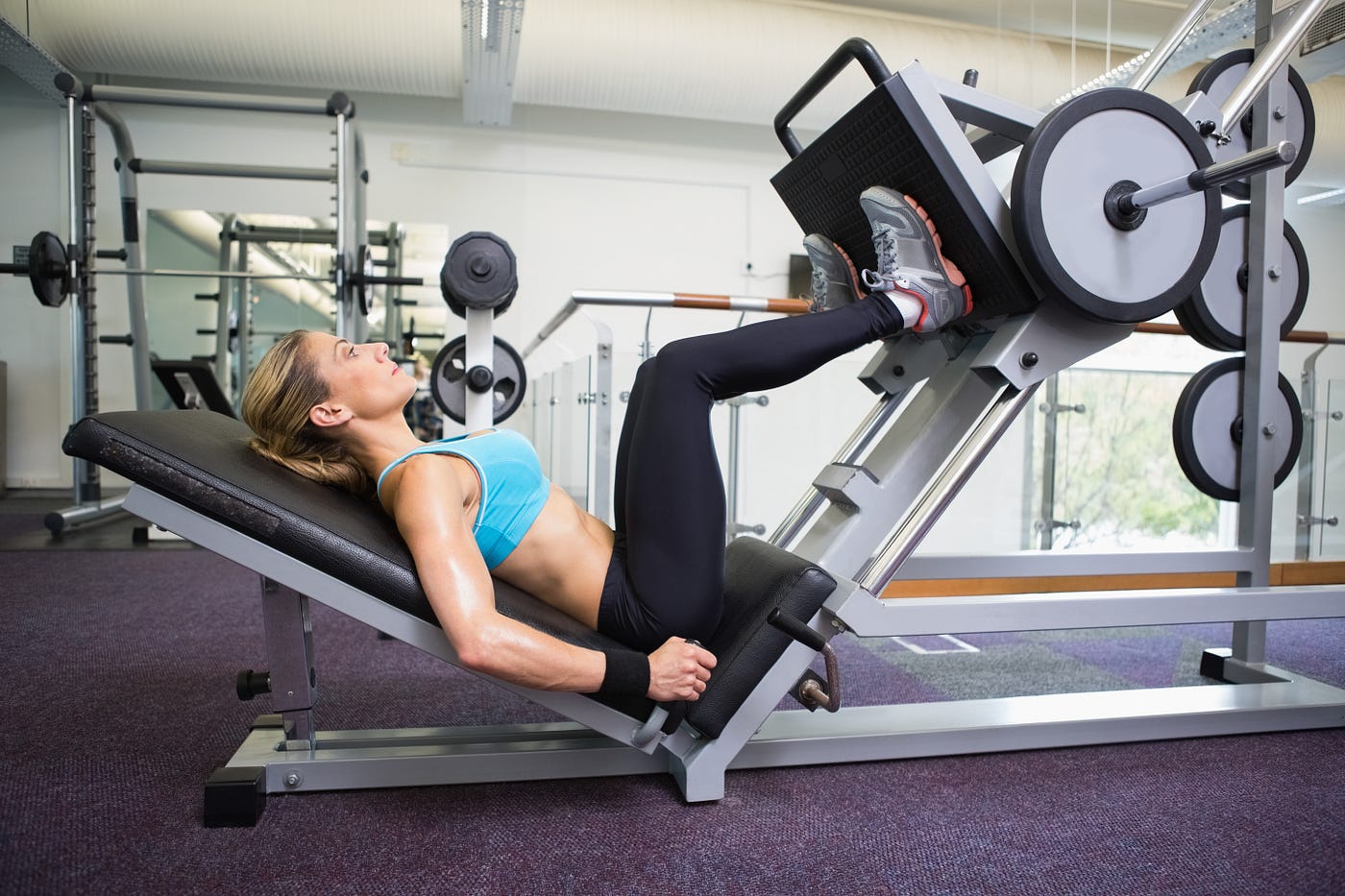Choosing between home workouts and gym sessions can be challenging. Whether you want the convenience of exercising at home or the community and equipment available at a gym, both options have unique benefits that cater to different fitness goals. Understanding these factors can help you make the best decision for your lifestyle and preferences.
Home workouts offer flexibility, allowing you to fit exercise into your schedule without commuting. On the other hand, gyms provide access to specialized equipment and classes that can enhance your fitness experience. Either option can lead to achieving your health goals, depending on what motivates you and how you like to work out.
As you consider your choices, think about your budget, the variety of workouts you enjoy, and how much motivation you gain from others. By weighing these elements, you can determine which environment will help you stay committed and reach your fitness objectives.
Key Takeaways
- Home workouts offer flexibility and cost savings.
- Gyms provide access to a variety of specialized equipment and classes.
- Your workout environment can greatly influence your motivation and success.
Analyzing the Costs
When deciding between home workouts and gym memberships, costs play a crucial role. Understanding the different expenses involved can help you make the right choice for your fitness journey.
Gym Membership Fees
Gym memberships can vary greatly in price. On average, a typical membership in the United States costs around $800 per year. This amount often includes joining fees and monthly payments.
Here’s a simple breakdown of potential costs:
- Basic Gym Membership: $30-$60 per month
- Full-Service Gym: $70-$120 per month
- Specialty Gyms (like yoga or boxing): $80-$200 per month
Additionally, some gyms offer amenities that may come with extra fees for classes or personal training. It’s important to consider these factors as they can add up quickly over time.
Investing in Home Gym Equipment
Starting a home gym can require an upfront investment, but it also allows for cost savings in the long run. Basic equipment can be purchased for under $500, while more extensive setups may reach up to $2,500.
Essential items include:
- Resistance Bands: Affordable and versatile.
- Dumbbells or Free Weights: A must-have for strength training.
- Stability Ball: Useful for core workouts.
By choosing wisely, you can build a gym at home that suits your needs. Unlike gym fees, these costs do not recur monthly, saving you money over time.
The Long-Term Financial Outlook
Over several years, home workouts can be more cost-effective compared to gym memberships. If you consider a gym membership that costs about $800 annually, in five years, that amounts to approximately $4,000.
In contrast, once you’ve invested in basic home equipment, you won’t face ongoing fees. This means you could potentially save:
- $1,500 after five years if your home gym cost is about $2,500.
- Additional savings can come from not needing to commute to a gym.
With home workouts, you focus your money on equipment instead of memberships, which adds up to greater savings in the long run.
Convenience and Time Commitment
When deciding between home workouts and gym sessions, convenience and time commitment are key factors. You will want to consider how easily you can access your workout routine and how it fits into your daily life.
Ease of Access: Home vs. Gym
Exercising at home offers clear advantages in terms of accessibility. You can step into your dedicated workout space whenever it suits you. No travel time is needed, which saves you valuable minutes in your day. This flexibility allows for spontaneous workouts when motivation strikes.
In contrast, going to the gym requires more planning. You need to commute, change clothes, and possibly wait for equipment. Depending on location, this can lead to longer time commitments. The ease of access at home often leads to more frequent workouts, making it easier to stick to your fitness routine.
Scheduling Workouts Around a Busy Lifestyle
Choosing to work out at home can fit more seamlessly into your schedule. Whether you have kids, work obligations, or other commitments, working out at home allows you to exercise at your convenience. You can fit in a quick routine during lunch or after dinner without feeling rushed.
At the gym, you may need to coordinate your schedule with operational hours. If you have a busy day, finding time to go to the gym can feel like another task. Limited hours and peak gym times can create barriers to maintaining a consistent workout schedule. Working out at home allows you to adapt your routine as needed, ensuring you can prioritize your health while managing your time.



Variety and Quality of Workouts
When choosing between home and gym workouts, it’s important to consider the variety and quality each option offers. Different exercises can significantly impact your fitness journey. You should look closely at the types of equipment and training programs available in both settings.
Comparing Exercise Options
At the gym, you have access to a wide range of equipment. This can include:
- Weight machines
- Free weights
- Cardio machines like treadmills and ellipticals
This variety allows you to mix and match workouts, which can prevent boredom and target different muscle groups.
At home, the options may be limited unless you invest in equipment. Using items like resistance bands or bodyweight exercises can be effective. Make sure to create a balanced routine that includes strength training, cardio, and flexibility exercises.
The Debate: Free Weights vs. Resistance Bands
Free weights are popular at the gym. They allow for a full range of motion and build strength. You can gradually increase weights depending on your progress.
In contrast, resistance bands are great for home workouts. They are portable, affordable, and versatile. Bands can target specific muscles and can be used for both strength training and stretching.
Both options have their benefits. Your choice might depend on your fitness goals and personal preferences. Think about what feels more comfortable and what you enjoy using.
Workout Programs and Personal Training
Gyms often provide established workout programs and access to certified personal trainers. Trainers can create personalized plans based on your goals. They also ensure you’re using equipment correctly, which can enhance quality and reduce injury risk.
At home, you can find workout programs online or create your own. Many apps offer guided sessions, making it easier to stay on track. While you may not have a trainer, online videos and resources can help you learn good techniques.
Consider what works for your schedule and motivation. The best program is one that keeps you engaged and progressing toward your fitness goals.
Community and Motivation
When choosing between home workouts and gym workouts, consider how community and motivation play a role. The support from others can significantly affect your exercise routine and keep you engaged.
The Role of Community in Fitness
A strong community can enhance your fitness experience. At the gym, you are surrounded by others who share similar goals. This creates an atmosphere of encouragement. Seeing people working hard can inspire you to push yourself.
In a gym setting, group classes offer camaraderie and motivation. You might find it easier to stay committed when there’s a scheduled class. Exercising alongside others can help you stay accountable.
On the other hand, home workouts may lack this social element. You must rely on your self-discipline to stay motivated. While you can connect online, nothing replaces the energy of a live workout. The choice between these environments can impact your motivation levels significantly.
Health and Fitness Goals
Choosing between home and gym workouts often depends on your specific health and fitness goals. Each setting has unique advantages that can help you achieve your objectives, whether you want to lose weight, build muscle, or improve endurance.
Targeting Specific Fitness Objectives
When setting fitness goals, it’s essential to identify what you want to achieve. If your focus is on weight loss, home workouts provide great flexibility. You can engage in activities like bodyweight exercises or online cardio classes at your own pace.
Gyms offer a broader range of equipment for targeted workouts. For example, you can use machines for high-intensity interval training (HIIT), which may help in burning fat more effectively.
Consider these popular fitness goals:
- Weight Loss: Cardio machines or HIIT classes.
- Endurance: Running or cycling available at your local gym.
- General Fitness: Yoga or group classes, often found in both settings.
Bodybuilding and Advanced Strength Training
If bodybuilding or advanced strength training is your goal, consider the resources available. A gym typically has specialized equipment, such as free weights, squat racks, and machines, which are crucial for progressive overload. This allows you to build muscle effectively over time.
Home workouts can also support bodybuilding, but only if you invest in quality equipment. Resistance bands or adjustable dumbbells can be useful. However, they may limit your ability to perform certain lifts effectively.
Follow this guideline for bodybuilding:
- Choose Weights Wisely: Start with weights that challenge you but allow for proper form.
- Plan Your Routine: Create a structured program targeting major muscle groups.
- Track Progress: Keep a journal to monitor improvements in strength and muscle size.
Both settings have tools and methods to meet your goals, but knowing what you want to achieve will guide your choice.




